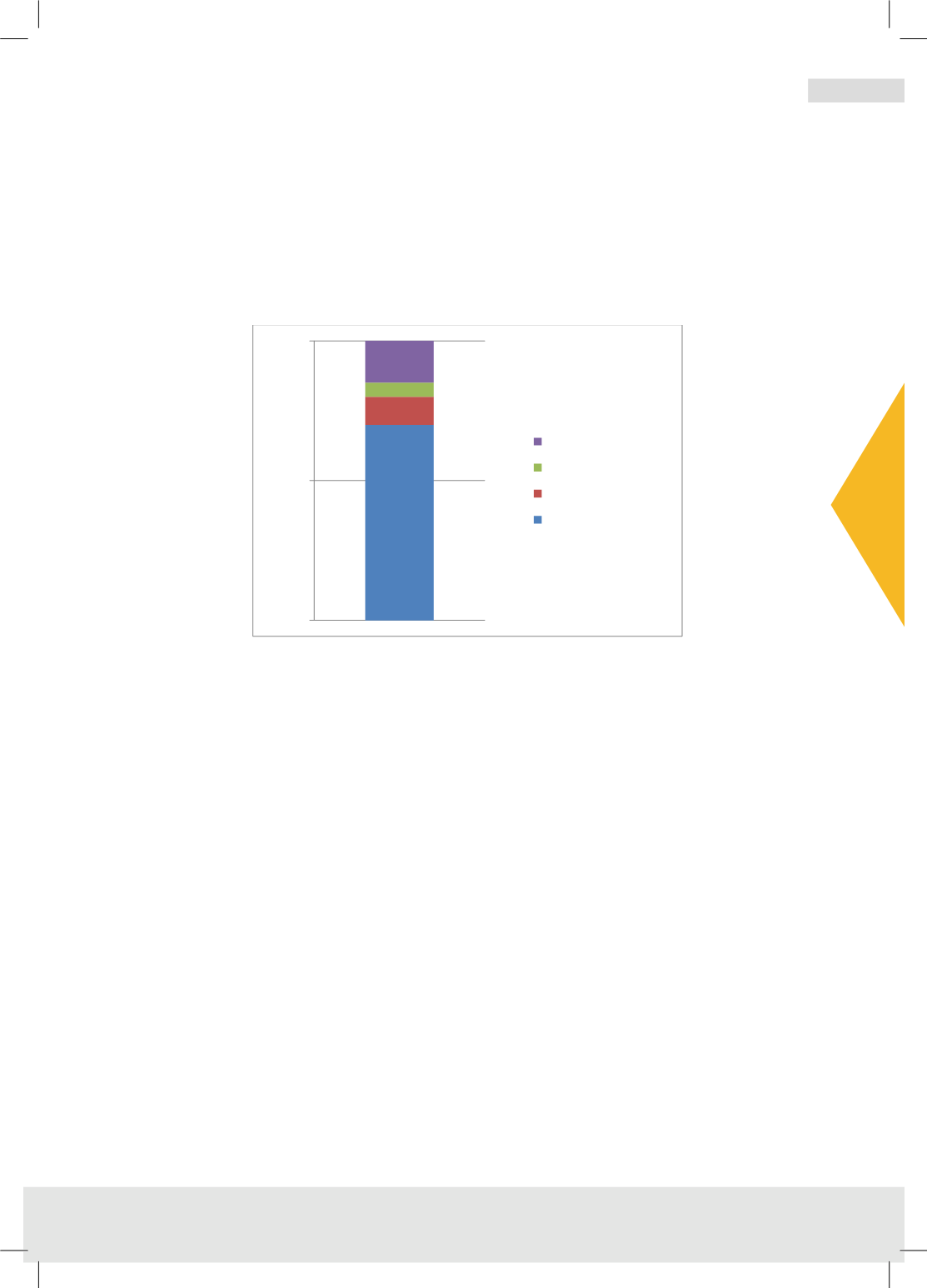

البحـث الثاني
127
2016
أوابك العلمية لعام
�
ص لبحوث العلمية الفائزة بجائزة
�
عدد خا
مجلة النفط والتعاون العربي
161
العدد
- 2017
أربعون
المجلد الثالث و ال
Re-refining of Used Lubricating Oil and its Economic and Environmental Implications
4
3.2
Composition of used lubricating oil
Figure 2 shows the percentages of the components of used lubricating oil. It contains at
least 70% of base oil, while the remaining 30% is comprised of various components such
as water, asphalt and gas oil. Re-refining is all about recovering this base oil cut and
upgrading it to a usable product.
Figure 2 Used lubricating oil composition
Source: Own elaboration with data from Krishnan (2013)
3.3
Estimation of used lubricating oils generated in Arab countries and
worldwide
3.3.1 Used lubricating oil generated in Arab countries
While the environmental impact of used oils was recognized in many Arab countries,
re-refining was perceived- at least in some oil-producing countries- as a competition to
the existing lube oil producers (AOG, 2014). Most of these countries, if not all, are faced
with several challenges, including the absence of surveys and statistics about used
lubricating oils, the lack of enforcement of environmental regulations and the lack of
awareness, which is perhaps the most challenging barrier. Although adequate
legislations for waste oil management do exist in those countries, effective
implementation and control are non-existent due to reasons outlined above. As a result,
haphazard handling of waste oils is still a day-to-day practice. Despite the existing
challenges, a few countries have managed to tackle the problem through the
70%
10%
5%
15%
0%
50%
100%
Asphalt
Light gasoil
Water and light ends
Base oil
















